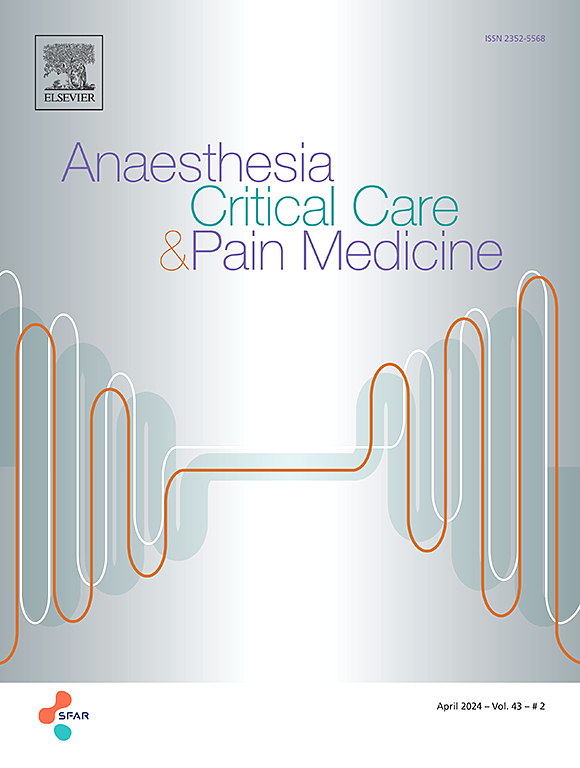安全地联合肾替代治疗和体外膜氧合。
IF 4.7
3区 医学
Q1 ANESTHESIOLOGY
引用次数: 0
摘要
体外膜氧合(Extracorporeal membrane oxygenation, ECMO)是一种体外技术,用于常规治疗难治性急性循环和呼吸衰竭。ECMO患者有发生严重急性肾损伤的风险,大约50%的患者需要肾替代治疗(RRT)。已经报道了RRT和ECMO回路的不同组合:RRT可以使用特定的血管通道独立进行,也可以直接集成到ECMO回路中。使用综合组合可降低血管通路相关并发症的风险。然而,需要全面了解这两种体外疗法,以优化综合组合的管理。我们在此报告如何使用Cardiohelp®和Xenios®控制台安全地结合RRT和ECMO电路。我们建议在ECMO回路的正压段连接RRT,回路置于氧合器之前,不修改ECMO回路。这种配置最大限度地降低了回路中空气栓塞的风险,而氧合器可以防止任何动脉空气栓塞进入患者的循环。我们还概述了影响RRT回路压力的因素,以帮助医生有效地管理RRT回路内的升高压力。最后,我们解释了在高压情况下可以在其他ECMO电路上进行RRT和ECMO的其他组合。本文章由计算机程序翻译,如有差异,请以英文原文为准。
Safely combining renal replacement therapy and extracorporeal membrane oxygenation
Extracorporeal membrane oxygenation (ECMO) is an extracorporeal technique used in acute circulatory and respiratory failures refractory to conventional therapies. ECMO patients are at risk of developing severe acute kidney injury, with approximately 50% requiring renal replacement therapy (RRT). Different combinations of RRT and ECMO circuits have been reported: RRT can be performed independently using a specific vascular access or directly integrated into the ECMO circuit. The use of an integrated combination may reduce the risk of vascular access-related complications. However, a comprehensive knowledge of both extracorporeal therapies is required to optimize the management of an integrated combination. We report herein how to safely combine the RRT and ECMO circuits using Cardiohelp® and Xenios® consoles. We suggest connecting RRT on the positive pressure sections of the ECMO circuit, with the return line placed before the oxygenator and without modification of the ECMO circuit. This configuration minimizes the risk of air embolism in the circuit, while the oxygenator prevents any arterial air embolism from entering the patient's circulation. We also outline the factors influencing RRT circuit pressures to assist physicians in effectively managing elevated pressures within the RRT circuit. Last, we explain other combinations of RRT and ECMO that can be performed on other ECMO circuits in case of high pressures.
求助全文
通过发布文献求助,成功后即可免费获取论文全文。
去求助
来源期刊

Anaesthesia Critical Care & Pain Medicine
ANESTHESIOLOGY-
CiteScore
6.70
自引率
5.50%
发文量
150
审稿时长
18 days
期刊介绍:
Anaesthesia, Critical Care & Pain Medicine (formerly Annales Françaises d''Anesthésie et de Réanimation) publishes in English the highest quality original material, both scientific and clinical, on all aspects of anaesthesia, critical care & pain medicine.
 求助内容:
求助内容: 应助结果提醒方式:
应助结果提醒方式:


